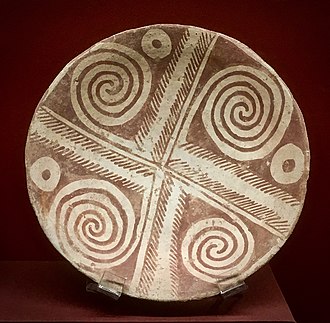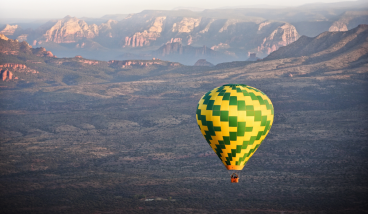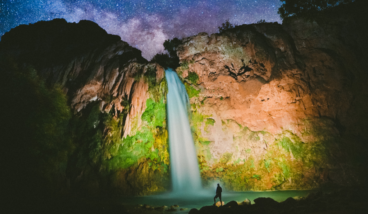Current Phoenix Weather:
{{current_weather.dt | momentjs( atts.date )}}
{{current_weather.temp | temp}} °{{units}}
{{day.dt | momentjs(atts.date)}}
{{day.temp | temp}} °{{day.temp_min | temp}} °{{units}}
{{current_weather.temp | temp}} °
Humidity: {{current_weather.humidity}}%
Clouds: {{current_weather.clouds}}%
Wind ({{current_weather.wind.deg}}): {{current_weather.wind.speed}}{{units_wind}}
Clouds: {{current_weather.clouds}}%
Wind ({{current_weather.wind.deg}}): {{current_weather.wind.speed}}{{units_wind}}
{{current_weather.desc}}
{{day.dt | momentjs(atts.date)}}
{{day.temp | temp}}°
{{day.temp_min | temp}} °


 One of the most notable characteristics of the Hohokam civilization was their sophisticated agricultural practices. They developed an extensive canal system that allowed them to irrigate crops and grow a variety of plants, including corn, beans, squash, and cotton. The Hohokam were able to sustain their population growth through these agricultural practices, which allowed them to thrive in the arid environment of the American Southwest.
One of the most notable characteristics of the Hohokam civilization was their sophisticated agricultural practices. They developed an extensive canal system that allowed them to irrigate crops and grow a variety of plants, including corn, beans, squash, and cotton. The Hohokam were able to sustain their population growth through these agricultural practices, which allowed them to thrive in the arid environment of the American Southwest. The decline of the Hohokam civilization is still a matter of debate among scholars. Some argue that environmental factors, such as drought and soil depletion, contributed to their decline. Others suggest that internal conflict and warfare, as well as external pressures from neighboring tribes, led to the collapse of the civilization.
The decline of the Hohokam civilization is still a matter of debate among scholars. Some argue that environmental factors, such as drought and soil depletion, contributed to their decline. Others suggest that internal conflict and warfare, as well as external pressures from neighboring tribes, led to the collapse of the civilization.

